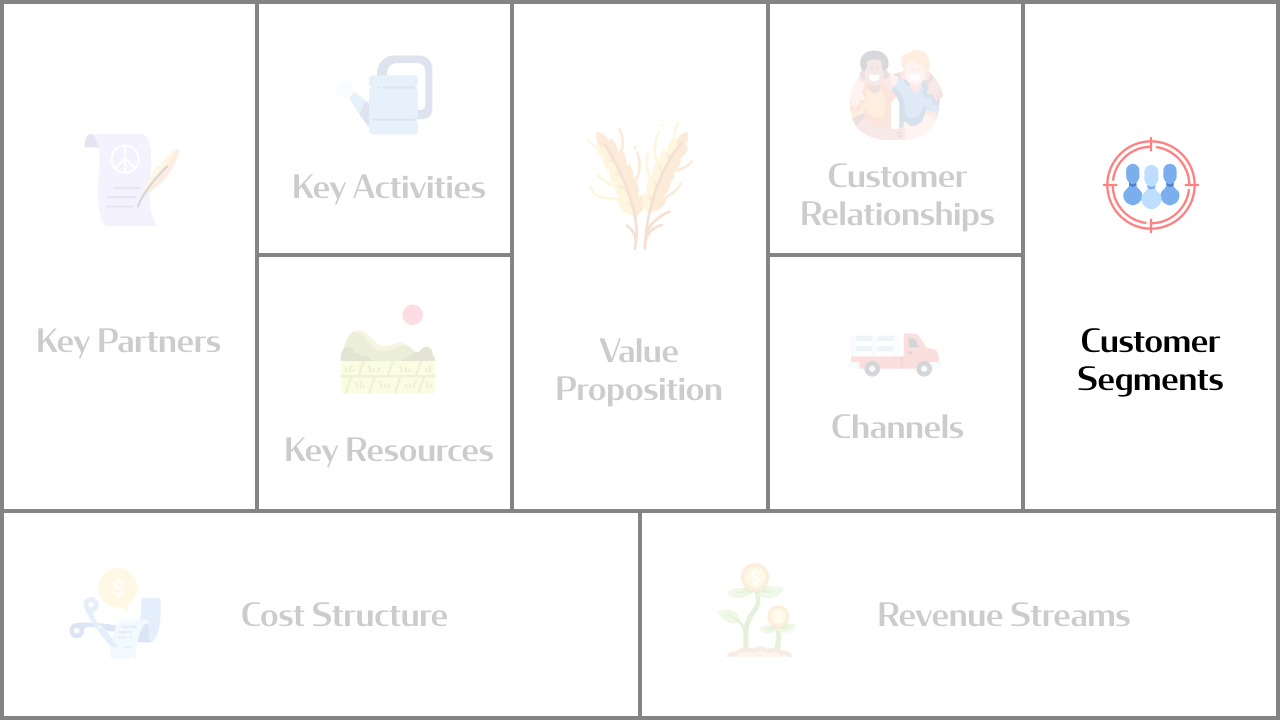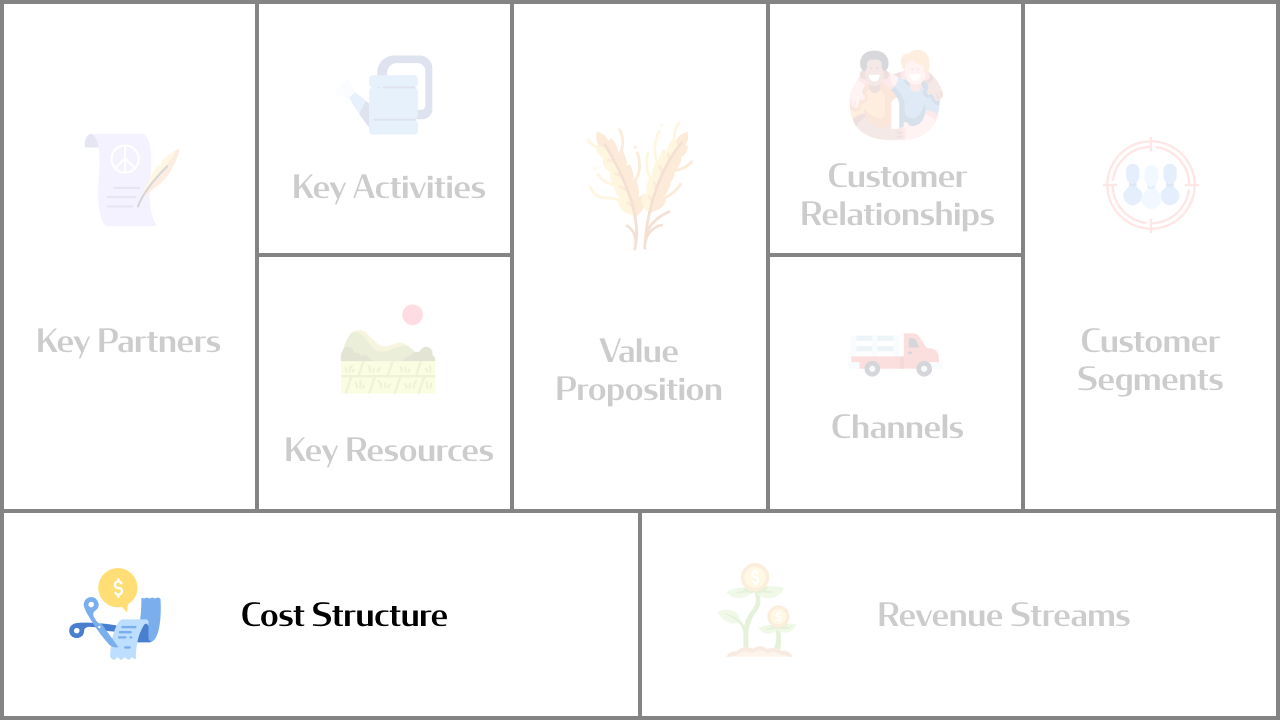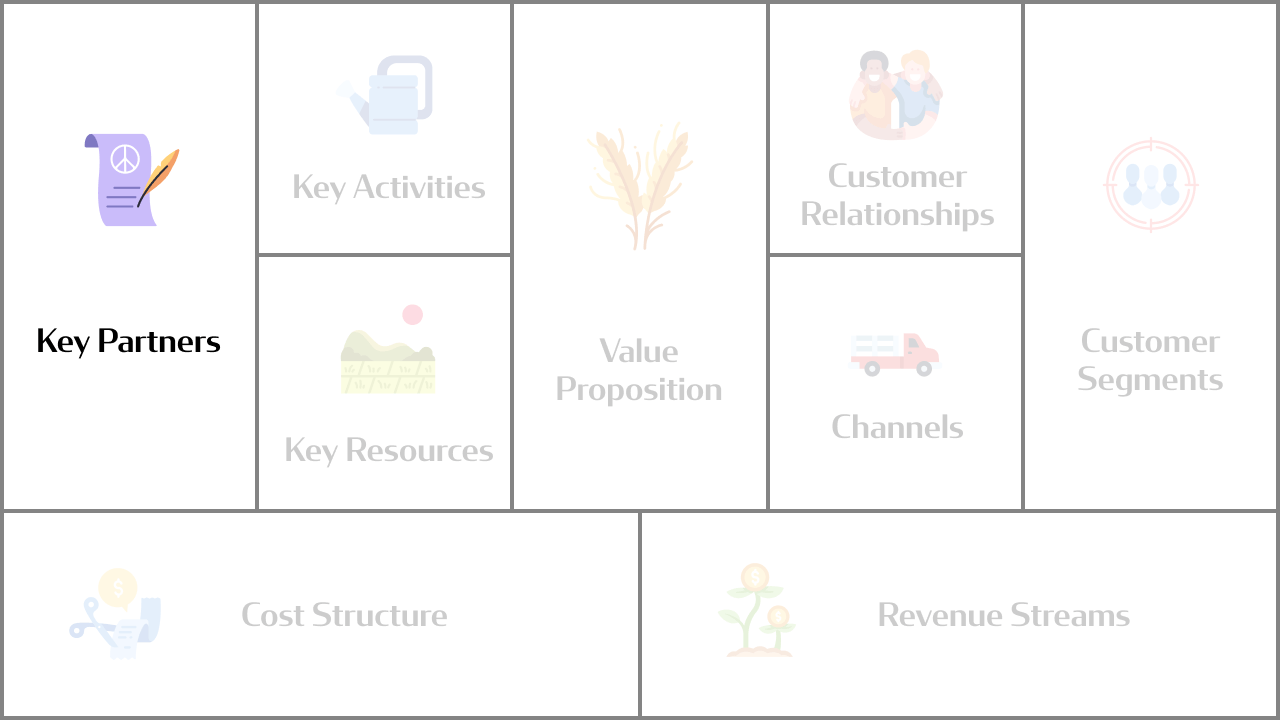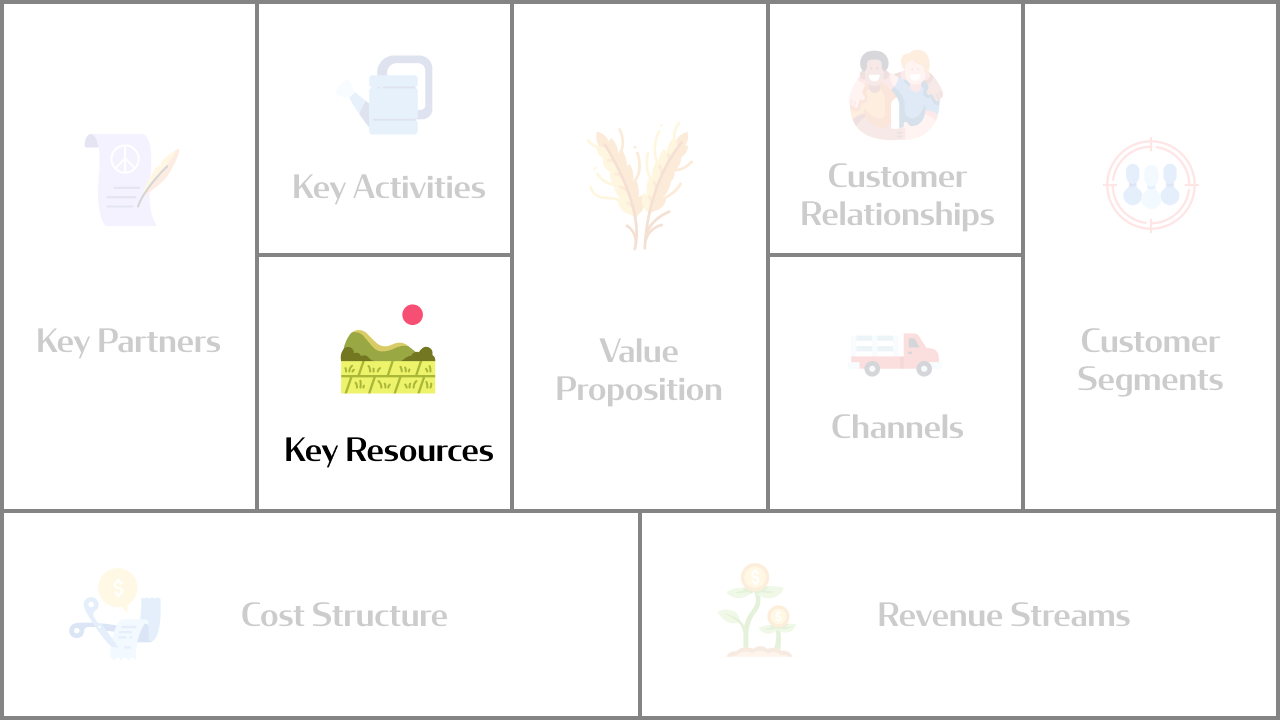No company can be profitable without customers. If your company fails to get people to buy your product or service, you’ll likely close your doors soon. So determining who your customer is, is extremely important.
Let’s bring it to real life for a bit. Take a minute to think about all the different types of people in your life; your friends, family, educators, and coworkers. Chances are, you don’t communicate to each of these groups of people the same way.
The same goes for your customers. Businesses can have different types of customers who each have various needs and traits. They come from all over the world. Your customers also have different expectations regarding communication and support from your business.
The key to managing your customer segment is understanding their preferred communication styles and their unique needs. This helps to efficiently meet and exceed their expectations.

What Is a Customer Segment?
Along with your value proposition, customer segments are a crucial building block of the Business Model Canvas. An excellent way to think about this segment is to treat it as the demographic information of your customers.
In this part of the canvas, you’ll need to analyze your targeted consumer market. A segment composition analysis is required. Why? Because it is an in-depth look at the individuals that will become your paying customers and keep your business afloat.
There are several ways you can create your customer segment. However, you should remember that when setting your customer criteria, the focus should be on accurately identifying your customer.
So let’s explore what makes up the customer segment and why segmentation could mean the difference between failure and a successful business model.
How to Identify your Customer
Customer segmentation involves dividing your customer base into groups of individuals similar in specific ways, such as age, gender, interests, and spending habits.
This segmentation is a simple way of managing and organizing your company’s relationships with your customers. Segmentation also makes it easy to personalize and tailor-make your products, service, sales efforts, and marketing to the needs of your specific target customer.
Why should you segment customers?
There are several reasons why customer segmentation is essential. Below are some of the things this process can help your business accomplish:
- It helps you learn about your customers on a deeper level so you can tailor your product or service to their unique needs and challenges.
- Segmentation improves your customer service and customer support efforts because, from the get-go, you get to understand and prepare for the challenges different groups are likely to experience.
- It helps you identify who your most valuable customers are and why.
- You learn which channels or platforms your customer segment prefers.
- It helps you efficiently identify new products, support, and service opportunities.
Questions to ask when determining your customer segment?
When determining your customer segments, you might start by asking the following questions:
- Which customer are you solving the problem for?
- Who are your customers? What do they do, see, think or feel?
- What are the characteristics of the people who need your product or service?
- Their ages, gender, income, spending habits, and interests.
- What is the size of your targeted market?
- Which segment will desire your value proposition?
- Does your value proposition appeal to men/women or both?
- Are there buyers and purchasers in your customer segment?
You will also need to think about the following factors:
- Budget
You’ll need to factor in whether your customers are willing to pay for your solution. How many of them are there, and how much are they willing to pay. So, for example, Tesla carved up a niche customer segment for itself by developing fast, comfortable, and stylish electric cars.
The idea of an electric car that could compete commercially with gasoline-powered vehicles was absurd. But Tesla found a customer segment willing to pay for their solution; a fast electric car that relatively wealthy individuals could afford. Additionally Tesla’s cars could accelerate from 0 to 60 mph in less than 4 seconds and travel 245 miles on a single battery charge. Other electric cars like General Motor’s EV1 could not.
- Depth of pain
The greater the need, the greater the chance your customer segment will be open to your product or service. Take a look at eBay, for instance. The company came up with an online auction marketplace for new and second-hand goods. At that time, nothing was linking person-to-person interactions except for classified ads in newspapers, yard sales, and flea markets, which were all offline.
So it’s no surprise that eBay grew as rapidly as it did. There was a need for an online marketplace, and eBay addressed that need quite sufficiently.
- Market size
You’ll also need to determine the market size you want to capture. What share of the market do you want to capture? Experts recommend starting in a smaller geographic area or very narrow niche like what Uber did when they launched in San Francisco only at the beginning.
- Reach
Lastly, you’ll need to figure out how you will reach your customers? What is the cost of delivering your product or service to your customer segment?
Types of Customer Segments
There are different types of customer segments, and these include:
- Mass market
Business models that focus on mass markets don’t distinguish between the different types of customers. The aim is to satisfy a broad set of similar needs and problems. Amazon is an excellent example of this type of business model. They cater to all types of people regardless of financial status, geographical location, age or any other demographic characteristic. There is something for everyone on Amazon.
- Niche market
A niche market is the opposite of a mass market. The focus is on a specific group of customers like the Tesla electric car, for example. The entire business model is tailored to the particular requirements of a niche market; namely relatively wealthy people, who are environmentally conscious and love sports cars.
- Segmented market
A segmented market has multiple customers with varying sets of needs and problems. This type of segmentation provides the same product or service with slightly different value propositions to meet the varying customer needs.
IKEA is an excellent example of this type of customer segment. They cater to several customer segments, including; young households looking for new and affordable furniture, low income, working-class & middle-income households, small businesses, and restaurant lovers.
- Diversified market
A diversified market is similar to a segmented one except that it uses different value propositions to serve two unrelated customer segments with different needs and problems. So, for example, Amazon decided to diversify its retail business by selling “cloud computing” services a kind of online storage space that appealed to companies who needed a place to keep large amounts of precious data.
This online storage space and on-demand server usage catered for a different customer segment with a totally different value proposition.
- Multi-sided market
Some businesses serve two or more interdependent customer segments. Facebook, for example, caters to global users, brands, advertisers, businesses, developers, high school students, companies, and small businesses.
Conclusion
Customer segments are one of the first steps in developing the business model canvas. The entire business model revolves around a defined target audience, and analyzing each segmented group and prioritizing is crucial in creating a profitable business model.








